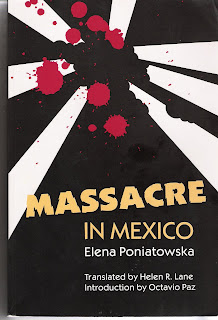
This last Sunday, October 26, 2008 was a great day of celebration. We marked the 113th Anniversary of the Church of Peace. We dedicated a rebuilt echo organ. We celebrated 40 years of service by our Music Director, Mary Kae Waytenick.
Our congregation was organized in 1895 among German speaking immigrants in Rock Island, Illinois. We were a mission of the Iowa Council of the German Evangelical Church.
The pipe organ we use weekly was first installed in 1927. As you might guess, it has gone through substantial renovation over the years. The keyboard console has been relocated several times. In 1997 there was a major renovation. While the pipes themselves were retained and re-used the wind boxes were rebuilt and the mechanism for opening a valve and allowing air to blow through the pipe was totally rebuilt by the Levson Organ Company of Buffalo, Iowa. That was completed for the main part of the organ. There is a smaller echo organ chamber located on the other side of the chancel from the main organ, and this part of the organ was not rebuilt till 2008. So for the first time we heard the two parts of the organ play together again this last Sunday. This has been an expensive project. We are grateful to a generous donor who underwrote the project to rebuild the echo organ and chimes.
Mary Kae Sederquist began to play as the organist of the church in 1967 when she was a sophomore at Augustana College in Rock Island. Since that time there have been two major times away for her. The first was a recuperation from a serious automobile accident. The second was when she earned her master's degree from Indiana University in Bloomington, Indiana. Since 1976 she has been the church organist on a continuing basis. In addition to being an excellent musician, Mary Kae is a teacher and talented at organizing and calling out the musical gifts of others. She writes and arranges music for the choral and instrumental groups at the church. She encourages children and youth in their music and creates a safe environment in which they can share their music.
As you might imagine, with so many years of service and having touch the lives of so many people, it was a great day to celebrate with Mary Kae. She was surprised by having Flutes Unlimited, a group with which she has been associated, come to church and play their flutes. The church choir wrote a tribute song and sang it to her. Many musicians who know her work attended worship. Walter Haedrich played special music during the service. Carol Hubbard added to the service with keyboard music. All in all it was a great day.
Rhys Fullerlove took some video of the service which will be on the Church of Peace website. If you click on the photo of the church at the right side of the article it will take you to the website.











